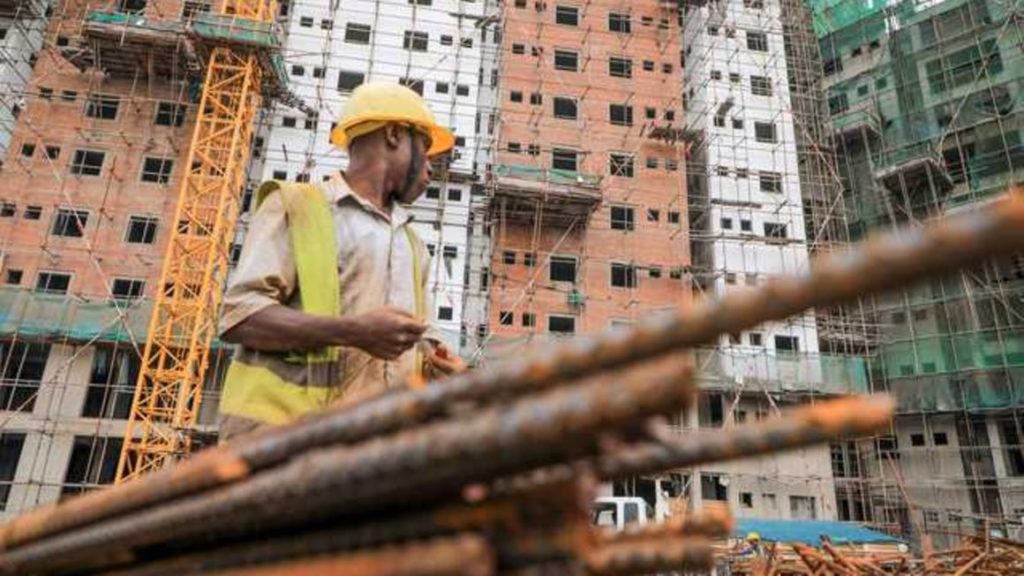A worker at affordable housing units under construction at Pangani Redevelopment Site. FILE PHOTO | NMG The ongoing pandemic has been quite a gut punch for everyone, not only in the industry.
After the World Health Organisation (WHO) declared the Covid-19 outbreak a pandemic almost two years ago, governments worldwide imposed unprecedented lockdown measures that curtailed economic activities, particularly in the second and third quarters of 2020.
What had started as a normal year soon ushered in the most challenging season in recent times.
Comparative data from the Kenya National Bureau of Statistics (KNBS) show Kenya’s economy shrunk in 2020 for the first time in 12 years, by an estimated 0.3 per cent from a 5.0 percent growth in 2019.
The data showed Kenya’s cement market contracted by 2.3 percent that year (2019) with the national cement consumption closing the year at 5.9 million tonnes due to slower than anticipated activity.
What is interesting though is that in the pandemic year of 2020, the cement market grew by an average of 23percent year on year, to reach 7.3 million tonnes.
This signalled a pick-up in industrial and construction activity that defied the pandemic-induced economic slowdown. We saw people use the time to start or complete their construction projects, while a number of planned government infrastructure projects also kicked off; contributing to the upward trend.
This is a trend that was recorded globally. According to the Global Cement Report, 14th Edition, at the beginning of last year, world cement demand was forecast to increase by 4.65 per cent in 2021 and 2.45 per cent in 2022 after falling by 0.23 per cent in 2020.
For our market, the major drivers of the industry have been the massive infrastructural projects with pressure to complete ongoing projects under the Big Four agenda. The projects are expected to continue in this election year.
Manufacturers have however had to bear with the high cost of raw materials exacerbated by supply chain disruptions as a result of the Covid-19 pandemic.
To face this complex environment, we sought to intensify our efforts to grow the business through product innovation, re-engineering our route to market, execution of cost suppression initiatives, and digital transformation initiatives to improve business flexibility, and performance.We have already seen the growth reflected in our returns – our turnover increased to Sh19.6 billion in the first half of 2021, compared to Sh16.2 billion the same period the previous year.As we maintain our support of […]
